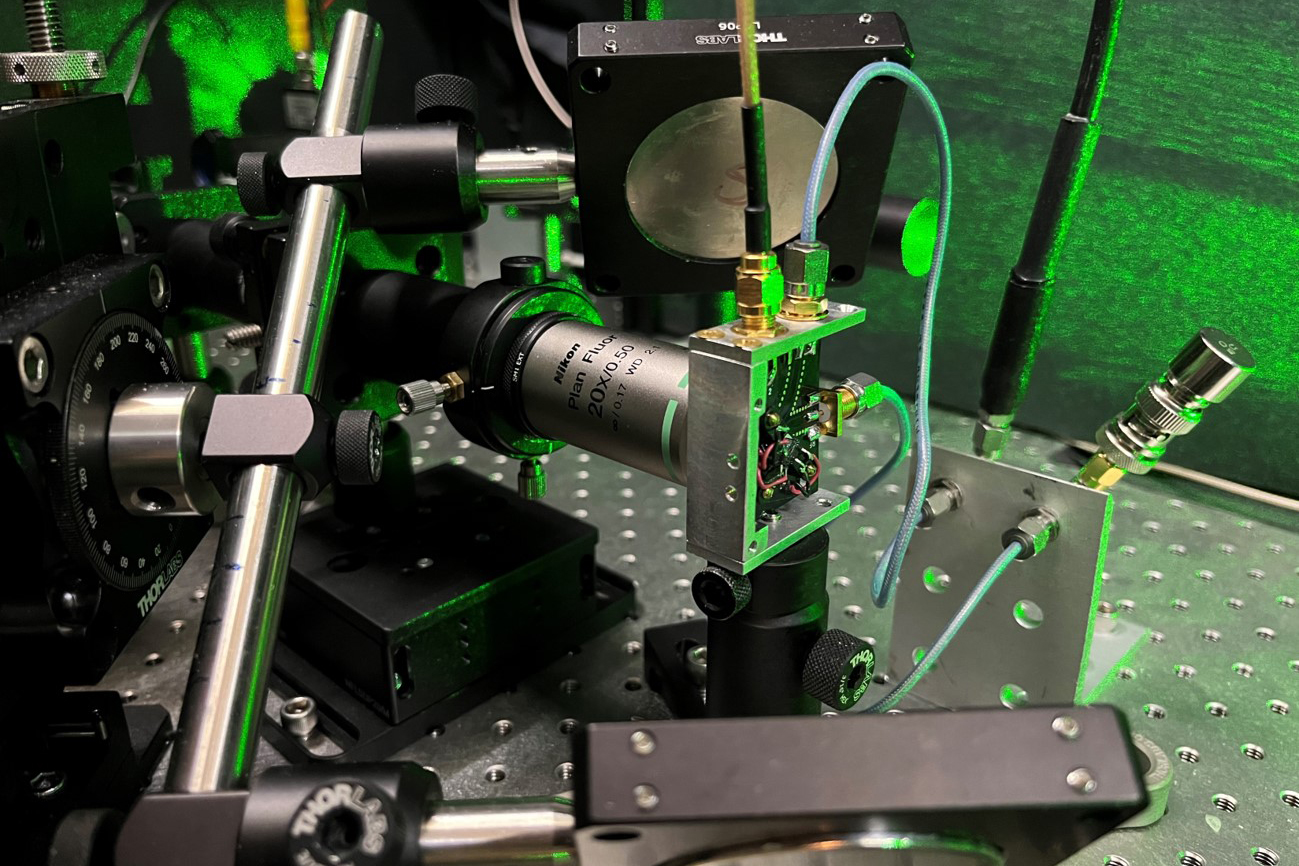
Quantum Dots (QDs) have been used to improve or generate new catalytic pathways in semiconductor photocatalysis. In addition, carbon, nitrogen, and graphene-modified QDs have great potential in electrochemical technologies. They can replace expensive noble metal electrocatalysts for water electrolysis, fuel cells, and waste valorization, resulting in cheaper, more efficient, and resilient devices.
read more
Single Molecular Magnets (SMMs):The energy needs of the digital economy are growing exponentially and account for more than 10% of global electricity usage. QMs such as single-molecule magnets (SMMs) provide a promising approach to meeting these needs by storing and processing data at the quantum molecular level.
read more
This research focus in quantum computing techniques, and how to use ab-initio tools, tight-binding, and many-body correlated states computations to understand the electrical and optical properties of QDs and nanostructures for technological applications. The trainees will be able to anchor their training in Auger processes in nanocrystals and self-assembled quantum dots to name a few.
read more
In modern civilizations, developing policies that impact the environment and human health requires scientific studies that provide a complete understanding of the variables that define and affect the quality of the air we breathe, water we drink, and species we eat. In this research, HQP will focus on improving indoor air quality with novel nano and QMs.
read more
The transformative co-supervision methodology, partnerships and internships, adopted in the QuantM-MALL program will provide trainees with valuable exposure to multidisciplinary work. Here we will use quantum computational and AI methods, sophisticated characterization techniques, low-carbon footprint processing, device fabrication and testing, and environmental impacts to develop novel QMs and applications.
read more